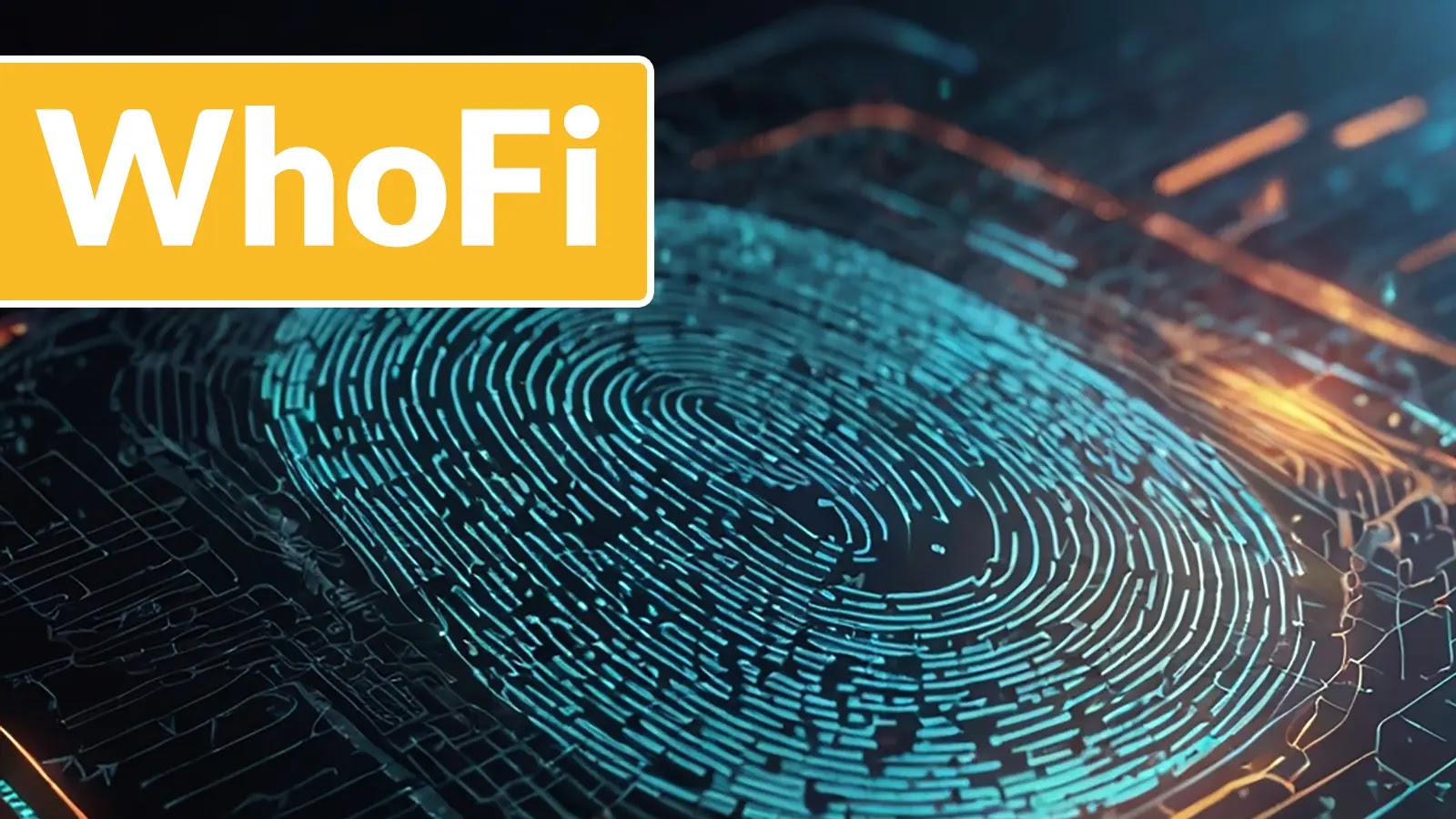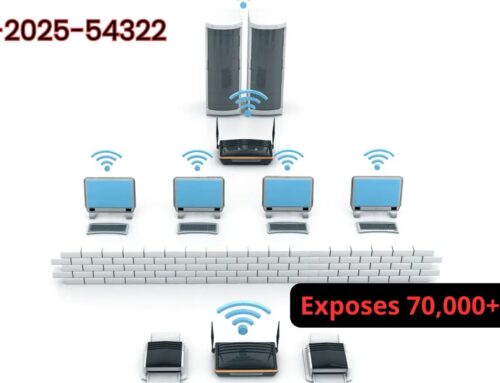
New AI-Powered Wi-Fi Biometrics WhoFi Tracks Humans Behind Walls with 95.5% Accuracy
Unseen Biometrics: WhoFi Turns Wi-Fi Routers into Covert Human Trackers
The landscape of biometrics just took a significant, and perhaps unsettling, leap forward. A new AI-powered system dubbed WhoFi has emerged from the public repository ArXiv, demonstrating a startling capability: it can identify individuals through walls using ordinary Wi-Fi signals. This isn’t science fiction; it’s a proof-of-concept that transforms ubiquitous 2.4 GHz routers into highly accurate biometric scanners, challenging our fundamental understanding of privacy and security in physical spaces.
What is WhoFi and How Does it Work?
WhoFi represents a paradigm shift from traditional, camera-based biometric systems. Instead of relying on visual data, WhoFi leverages the unique ways a human body subtly disturbs and reflects Wi-Fi signals. Specifically, it analyzes anomalies in the Channel State Information (CSI) of standard 2.4 GHz Wi-Fi networks.
When a person moves or even stands still, their body acts as an obstruction and reflector for radio waves. This interaction creates a distinct “fingerprint” in the Wi-Fi signal. WhoFi’s neural pipeline is trained to recognize these unique patterns, enabling it to accurately identify individuals even from the opposite side of a plaster wall. The published research boasts an astonishing 95.5% accuracy rate in identifying subjects, making it a remarkably potent tool for covert tracking.
The Privacy and Security Ramifications of Wi-Fi Biometrics
The implications of WhoFi are profound and far-reaching, particularly for privacy and security professionals. Unlike typical surveillance, WhoFi operates invisibly, leaving no obvious trace of its presence. Here are some key concerns:
- Invisible Surveillance: Without the need for cameras or specialized hardware, WhoFi could enable covert surveillance in homes, offices, and public spaces, making it incredibly difficult to detect or mitigate.
- Passive Tracking: Users do not need to interact with a device or system for WhoFi to track them. Simply being within the range of a Wi-Fi signal makes one susceptible to identification.
- Accessibility: The reliance on common Wi-Fi routers means the technology could be relatively easy to implement for malicious actors, given sufficient technical expertise.
- Scope of Data Collection: Beyond identification, the precise nature of CSI analysis could potentially reveal movement patterns, habits, and even physiological states, building comprehensive profiles of individuals without their consent.
Remediation Actions and Mitigations
While WhoFi is currently a proof-of-concept, its rapid development necessitates early consideration of defensive strategies. As security professionals, we must anticipate the weaponization of such technologies.
- Awareness and Education: Staying informed about evolving Wi-Fi sensing technologies like WhoFi is paramount. Educate stakeholders about the potential for invisible tracking.
- Network Segmentation and Hardening: While not a direct countermeasure to WhoFi’s core mechanism, maintaining well-segmented networks and robust authentication protocols remains crucial for overall network security.
- Research and Development of Counter-Measures: The cybersecurity community needs to actively research and develop methods to detect and disrupt unauthorized Wi-Fi biometric scanning. This might involve active jamming research or signal obfuscation techniques.
- Regulatory and Ethical Frameworks: Proactive engagement with policymakers and legal experts is essential to establish ethical guidelines and regulatory frameworks for Wi-Fi sensing technologies before they become widespread.
- Physical Security Reinforcement: Acknowledge that Wi-Fi can now be a vector for biometric compromise. Consider physical barriers that disrupt radio frequency signals in sensitive areas, though this is often impractical for general use.
Tools for Network Analysis and Monitoring
While direct countermeasures for WhoFi are still in their infancy, robust network analysis and monitoring tools remain critical for maintaining overall network health and detecting anomalous traffic that might indicate unusual activities.
| Tool Name | Purpose | Link |
|---|---|---|
| Wireshark | Packet analysis; deep inspection of network protocols, including Wi-Fi frames. | https://www.wireshark.org/ |
| Airmon-ng (part of Aircrack-ng) | Puts Wi-Fi adapters in monitor mode for capturing raw 802.11 frames. | https://www.aircrack-ng.org/doku.php?id=airmon-ng |
| Kismet | Network detector, sniffer, and intrusion detection system for Wi-Fi. | https://www.kismetwireless.com/ |
| Scapy | Powerful interactive packet manipulation program and library. Can craft custom Wi-Fi packets. | https://scapy.net/ |
The Future of Invisible Biometrics
The emergence of WhoFi underscores a critical shift in the realm of biometrics and surveillance. As our environments become saturated with wireless signals, every movement, every presence, leaves a digital signature that advanced AI can interpret. The privacy implications are profound, demanding a proactive response from cybersecurity professionals, policymakers, and the public alike. Understanding technologies like WhoFi is the first step toward building more resilient and privacy-respecting digital and physical spaces.





